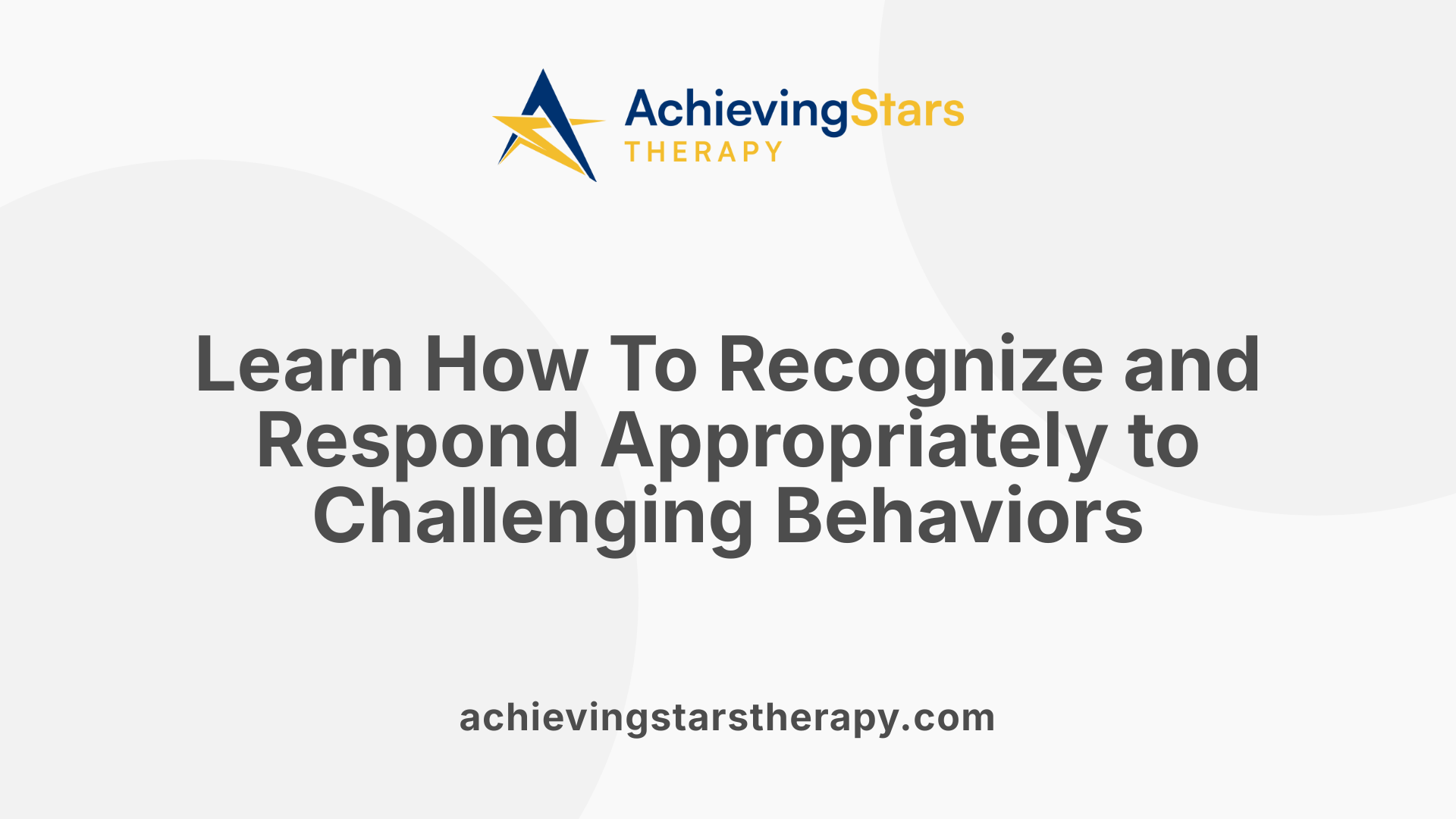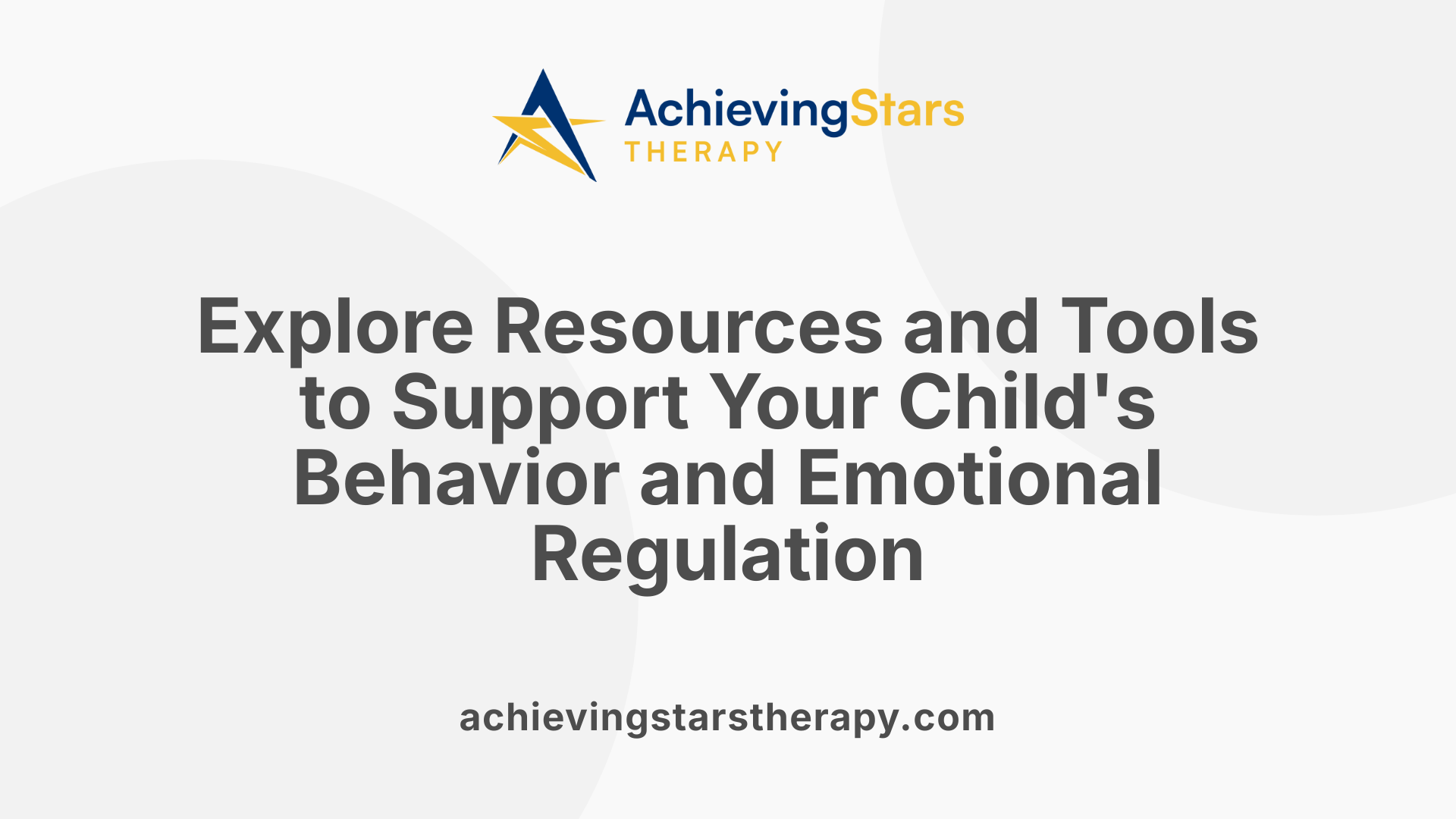How to Use ABA Strategies to Reduce Tantrums and Meltdowns
May 16, 2025
Effective Approaches to Minimize Challenging Behaviors in Autism

Understanding and Managing Tantrums and Meltdowns with ABA
Children with autism often experience behaviors such as tantrums and meltdowns that can be challenging for caregivers and educators. While both are expressions of distress, they differ fundamentally in their causes and management strategies. Applied Behavior Analysis (ABA) offers evidence-based techniques to help reduce these behaviors by teaching children self-regulation skills, improving communication, and creating supportive environments. This article explores how ABA strategies can effectively address tantrums and meltdowns, helping children develop coping mechanisms and fostering more positive interactions.
Differentiating Between Tantrums and Meltdowns

What is the difference between tantrums and meltdowns in children with autism?
Understanding the distinction between tantrums and meltdowns is crucial for parents, caregivers, and educators working with children on the autism spectrum.
Tantrums are deliberate behaviors aimed at achieving a specific goal, such as getting attention, toy, or permission. They often involve yelling, stomping, or crying and are influenced by external responses or rewards. Children may learn that certain behaviors lead to desired outcomes and may use tantrums as a way to communicate their needs or frustrations.
Meltdowns, on the other hand, are involuntary reactions to overwhelming sensory input or emotional overload. They are not aimed at obtaining something and cannot be controlled through discipline. During a meltdown, a child might cry intensely, shout uncontrollably, become motionless, or even physically react by hitting or biting. These responses are physiological, driven by the nervous system perceiving threats or overstimulation.
The main difference lies in controllability and purpose. Tantrums can often be stopped or influenced with appropriate responses, reinforcement, or teaching new skills. Meltdowns require calming strategies like creating a safe space, reducing sensory input, or using calming devices. Recognizing these differences helps caregivers choose the right approach—whether it's teaching communication skills to reduce tantrums or implementing sensory support to manage meltdowns.
In fact, research highlights that meltdowns can happen even in children with good speech and language, indicating that communication improvements alone may not prevent them.
Knowing when a child is experiencing a meltdown rather than a tantrum shifts the focus from discipline to support and intervention, promoting safety and emotional regulation.
Using ABA Techniques to Manage and Reduce Challenging Behaviors

How do ABA techniques help in managing tantrums and meltdowns?
Applied Behavior Analysis (ABA) offers practical strategies for managing and reducing tantrums and meltdowns among children with autism. It emphasizes understanding individual triggers and creating environments that support emotional regulation.
What strategies can be used to manage and reduce tantrums and meltdowns in children with autism using ABA techniques?
Managing these challenging behaviors involves proactive and tailored interventions. First, identifying a child's specific triggers—such as sensory sensitivity, routine changes, or environmental stimuli—is crucial. Once the triggers are known, modifications like using visual schedules, social stories, and clear instructions can help prepare the child for upcoming changes.
Teaching effective communication and coping skills is another core element. Methods such as picture exchange communication systems (PECS), sign language, or simple verbal prompts enable children to express their needs, thereby reducing frustration and the likelihood of tantrums.
Structured routines reinforced with visual supports foster predictability. Visual tools like timers or schedules help children understand what to expect, reducing anxiety and potential meltdowns. Providing choices within routines also gives children a sense of control.
During a meltdown, safety is paramount. Creating calming environments with sensory tools—noise-canceling headphones, weighted blankets, or calming toys—can help children reground. Developing personalized meltdown kits containing favorite sensory objects can assist in de-escalation.
Consistent reinforcement of positive behavior is fundamental. Using reward systems, such as token boards or praise, encourages children to practice adaptive behaviors. Collaboration with caregivers and educators ensures consistency across settings, supporting sustainable behavior change.
In summary, ABA techniques focus on proactive environmental modifications, skill-building, and supportive interventions. This comprehensive approach not only reduces the frequency and severity of tantrums and meltdowns but also promotes emotional regulation and functional communication for children with autism.
Educational Resources and Tools for Parents and Caregivers
 For parents and caregivers looking to effectively support children with autism, numerous educational resources and tools are available to facilitate the implementation of ABA (Applied Behavior Analysis) strategies.
For parents and caregivers looking to effectively support children with autism, numerous educational resources and tools are available to facilitate the implementation of ABA (Applied Behavior Analysis) strategies.
One of the primary sources of guidance is online programs and webinars. These platforms, often created by experienced ABA professionals such as Board Certified Behavior Analysts (BCBAs), offer instructional videos and live sessions that demonstrate techniques like positive reinforcement, functional communication building, and behavior management. These resources are accessible from home and allow caregivers to learn at their own pace.
Additionally, instructional materials and guides tailored for parents and caregivers are widely available. These include step-by-step manuals, visual supports, and activity sheets that clarify the principles behind ABA, such as understanding the antecedent-behavior-consequence (A-B-C) model, which helps in identifying triggers and reinforcing positive behaviors.
Workshops and training sessions designed specifically for caregivers provide hands-on experience and personalized advice. These interactive sessions enable caregivers to practice skills like implementing visual schedules or creating sensory diets, which can help reduce tantrums and meltdowns.
Trusted websites, such as Autism Speaks or the National Autism Association, offer a wealth of downloadable resources, including toolkits, behavior trackers, and educational videos. These sites often feature downloadable PDFs and step-by-step guides that serve as handy references for implementing ABA techniques consistently at home.
Empowering caregivers goes beyond just understanding therapy principles; many resources focus on practical skills. For example, learning to recognize early signs of distress can enable timely intervention. Additionally, using reward systems and teaching functional communication can significantly decrease frustration and challenging behaviors.
In summary, an array of evidence-based resources—from online courses to downloadable guides—are designed to equip parents and caregivers with the necessary skills and confidence. These tools promote effective, consistent application of ABA strategies, ultimately supporting the child's growth, independence, and emotional well-being.
Applying ABA Strategies to Support Emotional Regulation
How can ABA strategies be practically applied to improve emotional regulation in children with autism?
Applied Behavior Analysis (ABA) offers practical methods to help children with autism manage their emotions more effectively. One core approach involves teaching children to recognize their feelings and express them appropriately. Visual supports such as emotion charts or social stories are used to help children identify different emotional states and understand suitable responses.
Role-playing is also an essential technique. Children practice coping skills like deep breathing, asking for a break, or walking away from overwhelming situations in simulated settings. These role-plays are reinforced through positive encouragement, making it more likely that children will use them during real-life challenges.
In addition, creating visual routines and calming spaces aid in emotional regulation. For example, visual schedules can prepare children for daily transitions, reducing anxiety and preventing meltdowns. Calm-down kits equipped with sensory toys, calming lights, or weighted blankets can be utilized in designated calming areas.
Structured tools like emotional level charts, such as the Zones of Regulation, help children monitor their feelings and select appropriate strategies to regain calmness. Progress is tracked through data collection, allowing therapists and caregivers to adjust interventions based on what works best for each child.
Equally important is caregiver training. Parents and teachers learn consistent strategies to reinforce skills across different environments. This ongoing support fosters a more adaptive emotional response, decreasing the frequency and intensity of meltdowns and tantrums.
Overall, ABA strategies—ranging from visual supports and social stories to role-playing and positive reinforcement—form a comprehensive approach to helping children develop emotional resilience and regulation skills.
Preventing Challenging Behaviors Through Understanding Triggers
What techniques can help prevent meltdowns and tantrums by understanding triggers and implementing interventions?
Preventing meltdowns and tantrums starts with identifying and understanding each child's unique triggers. Observing behaviors and maintaining diaries can be effective tools for recognizing patterns such as sensory overload, sudden transitions, or difficulties with communication. When these triggers are understood, caregivers and educators can implement proactive strategies to reduce their impact.
Consistent routines and visual supports, like visual schedules, play a significant role in providing predictability, which helps children feel more in control and less anxious about upcoming changes. Offering choices, such as selecting a preferred activity or snack, also empowers children, giving them a sense of control and reducing frustration.
Preparing children for change is crucial. Using timers or social stories can help them anticipate and adjust to new situations, thus minimizing unexpected reactions. Creating a calming environment involves modifying the space by reducing noise, bright lights, and clutter, and incorporating sensory tools like weighted blankets or calming visual scenes.
Teaching coping and relaxation skills, such as deep breathing exercises or sensory breaks, equips children with tools to manage their emotions before reaching a meltdown point. These skills can be strengthened through regular practice during non-stressful times.
Collaboration among parents, teachers, and therapists ensures consistency across settings. Sharing strategies and observations allows for unified approaches that support emotional regulation. Timely intervention, reinforcement of positive behaviors, and ongoing education are essential for helping children develop resilience and self-regulation skills.
In summary, a combination of identifying triggers, environmental modifications, skill-building, and coordinated efforts can significantly reduce the frequency and severity of challenging behaviors, fostering a calmer, more supportive atmosphere for children with autism.
Promoting Lasting Behavioral Change and Emotional Balance
Implementing ABA strategies requires a nuanced understanding of each child's unique needs and ongoing collaboration among caregivers, educators, and therapists. By distinguishing between tantrums and meltdowns, proactively identifying triggers, and teaching functional communication and coping skills, children with autism can learn to manage their emotions more effectively. Creating structured routines, visual supports, and safe spaces for calming down helps minimize challenging behaviors, leading to improved emotional well-being and social interactions. With patience, consistency, and tailored interventions—including family involvement and possibly medical support in severe cases—parents and professionals can foster a supportive environment that promotes positive behavioral change and emotional balance. Ensuring each child's safety and promoting their capacity for self-regulation are key to helping them thrive in various settings.
References
- Managing Autism Meltdowns, Tantrums and Aggression
- Meltdowns & Calming Techniques in Autism
- The Best Strategies for Calming Autistic Tantrums and Meltdowns
- How Can Applied Behavior Analysis Help My Child? - Chicago ...
- ABA Therapists Talk Major Meltdown Management - FOCUS Therapy
- Three Effective Behavior Strategies To Reduce Tantrums At Home
- How to ABA: Practical Programs and Resources
- Applied Behavior Analysis (ABA) | Autism Speaks
- Tantrum vs Autistic Meltdown: What Is The Difference?
- The Difference Between Meltdowns & Tantrums





